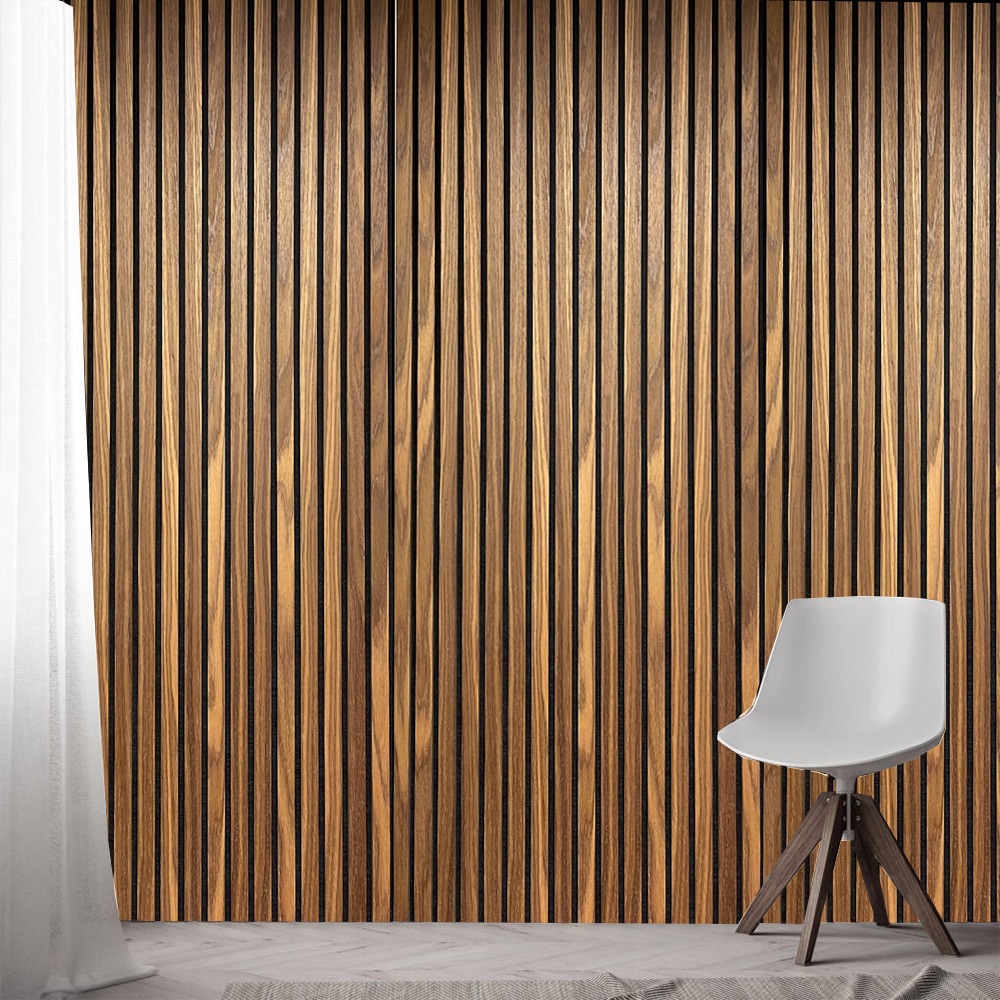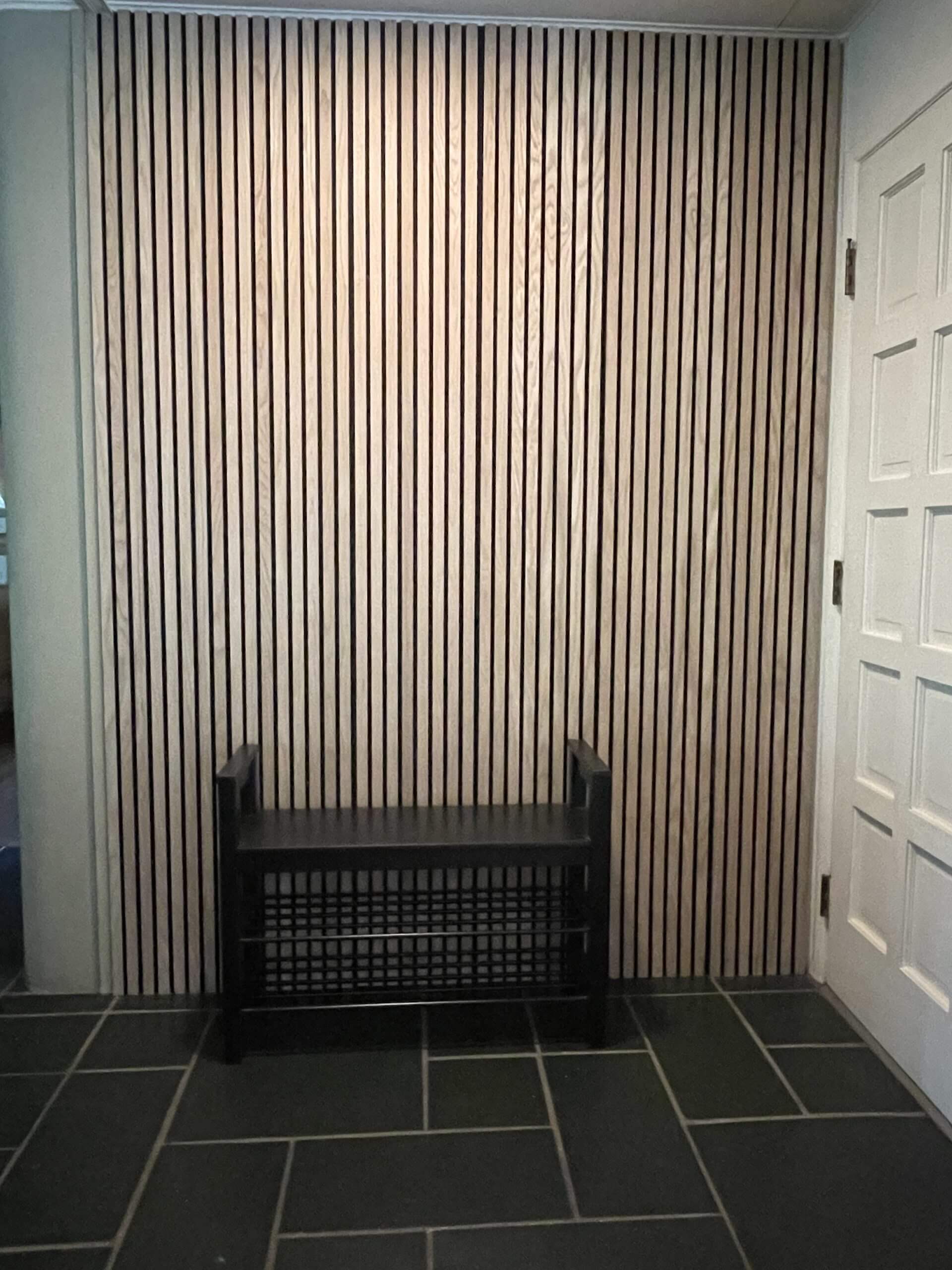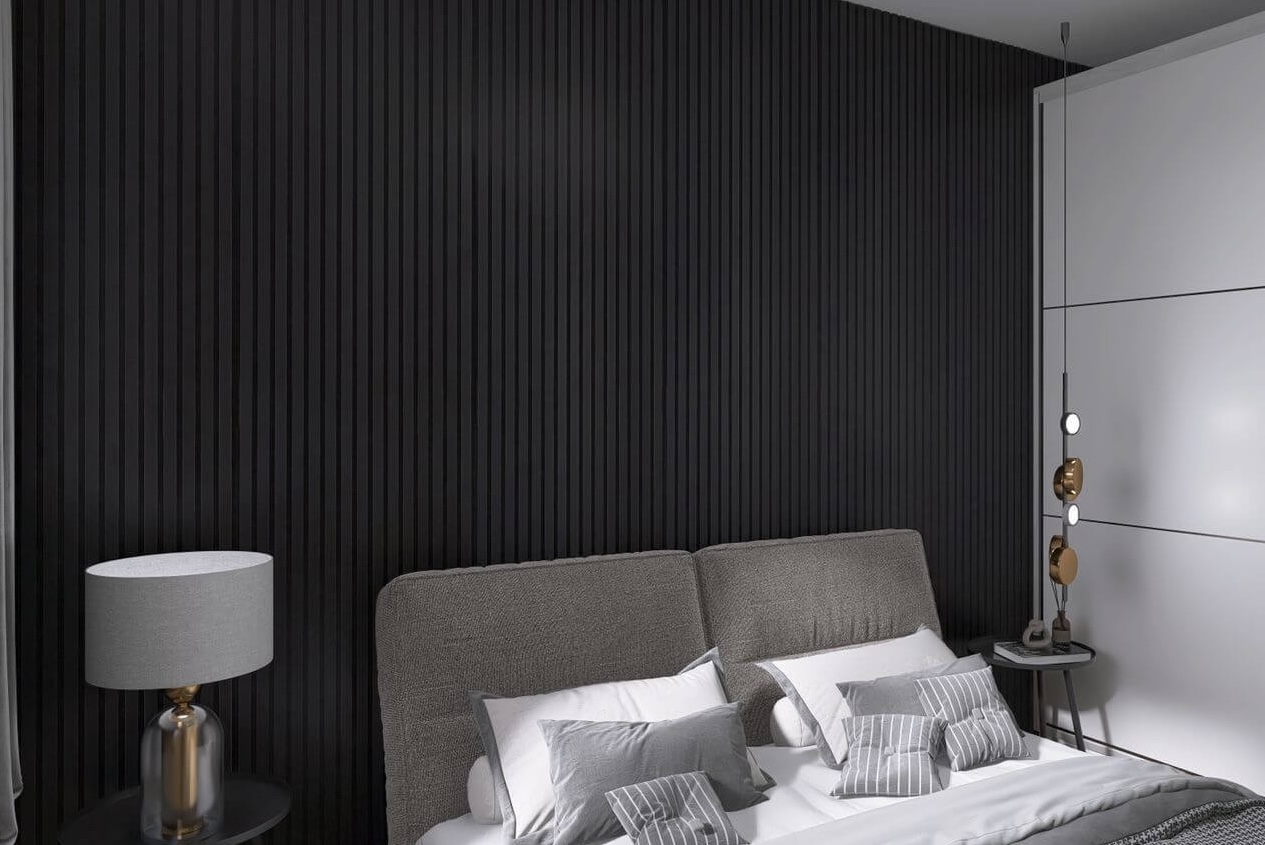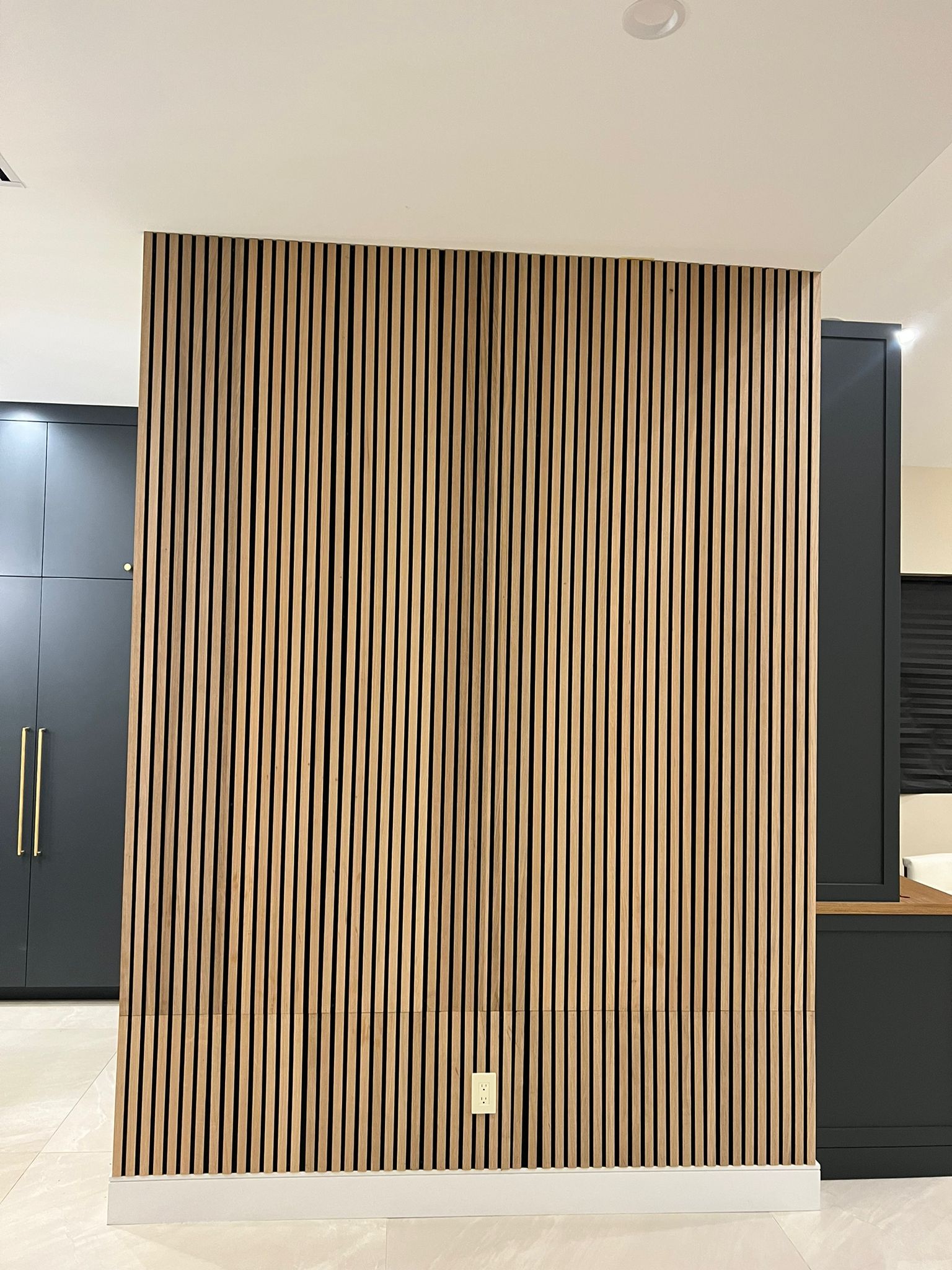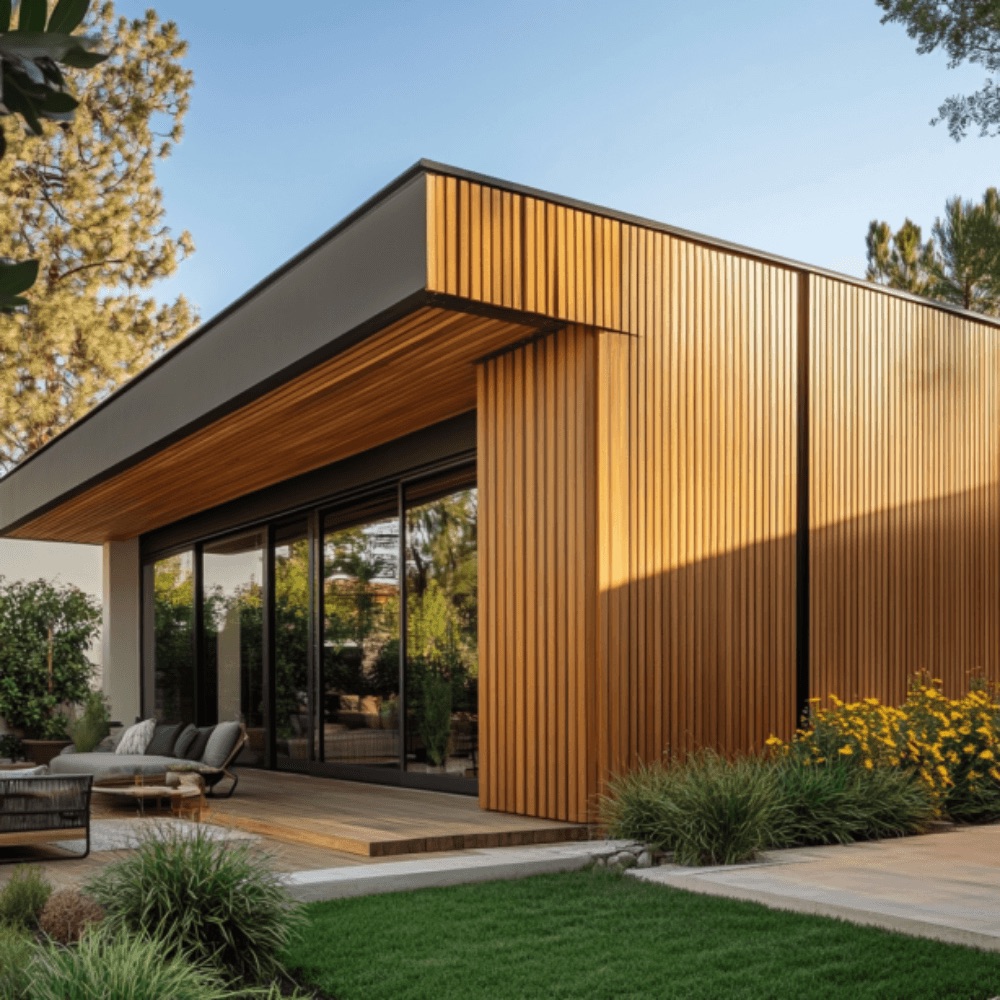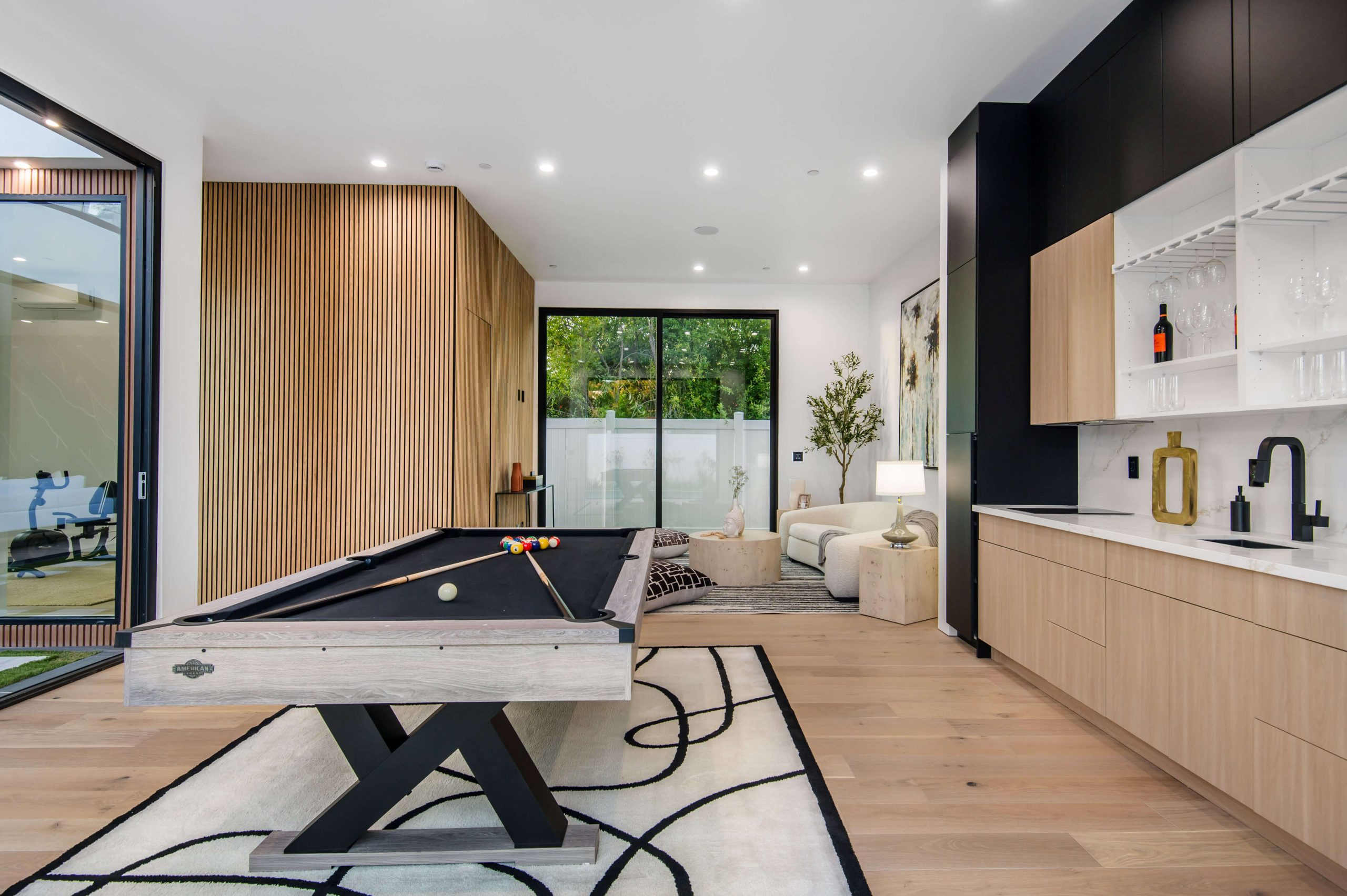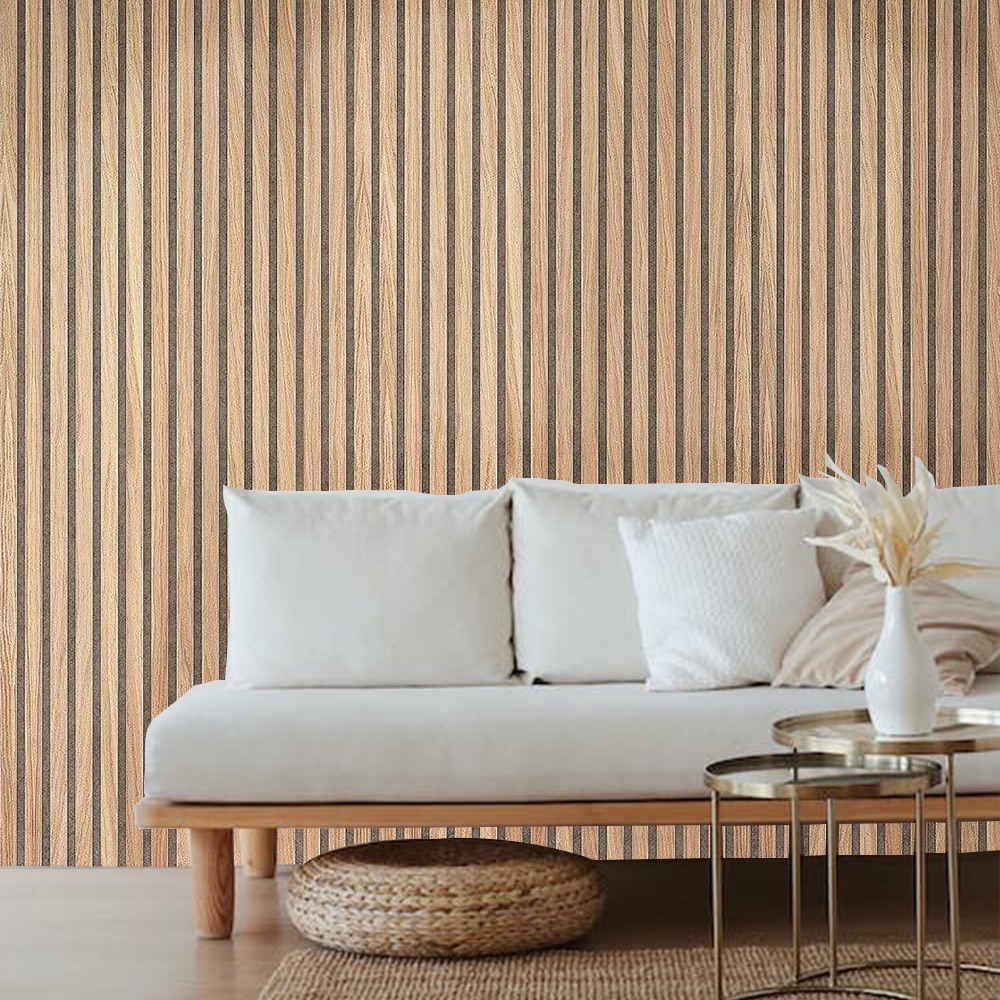Wood paneling is an ideal choice for adding warmth, texture, and style to both interior and exterior walls. But with so many materials available, finding the best affordable wood paneling for your home can be challenging. In this guide, we’ll explore cost-effective options, highlighting the benefits and key characteristics of different wood paneling materials. Whether you’re looking to enhance your living room or give your exterior walls a facelift, this article will help you make an informed choice.
Why Choose Wood Paneling?
Wood paneling has been a popular choice for centuries, offering durability, versatility, and aesthetic appeal. It’s perfect for homeowners and designers seeking a natural and timeless look. The best affordable wood paneling materials not only transform spaces but also provide practical benefits, such as insulation and sound absorption.
Key Benefits of Wood Paneling:
- Aesthetic Appeal: Enhances the visual appearance of walls with a natural, elegant finish.
- Durability: Long-lasting when maintained properly, providing value for years.
- Insulation: Adds extra thermal and sound insulation, making spaces more energy-efficient and quieter.
Types of Affordable Wood Paneling for Interior Walls
There are several wood paneling materials to choose from when it comes to interior walls. Here are some of the most popular and affordable options:
1. MDF (Medium-Density Fiberboard) Panels
MDF is an engineered wood product made by compressing wood fibers, resin, and adhesives under high pressure. This affordable option mimics the look of real wood and is a favorite for budget-conscious homeowners.
- Advantages:
- Smooth and consistent surface, ideal for painting.
- Resistant to warping, making it durable for long-term use.
- Cost-effective compared to solid wood panels.
- Disadvantages:
- Less resistant to moisture, so it’s not ideal for humid environments like bathrooms.
2. Shiplap Wood Paneling
Shiplap wood paneling is another affordable option that has gained popularity in recent years. It features long, horizontal boards that overlap to create a tight seal.
- Advantages:
- Easy to install for DIY projects.
- Adds a rustic or modern farmhouse look to any space.
- Versatile, working well in living rooms, kitchens, and bedrooms.
- Disadvantages:
- It can be more expensive than MDF, depending on the wood type.
3. Reclaimed Wood Panels
For an eco-friendly option, reclaimed wood panels are sourced from old barns, factories, or warehouses. These panels are not only affordable but also sustainable, offering a unique, rustic charm.
- Advantages:
- Environmentally friendly and sustainable.
- Each piece has a unique, weathered look.
- Can be cheaper than new wood, depending on the source.
- Disadvantages:
- May require extra cleaning and treatment to ensure durability.
Best Affordable Wood Paneling for Exterior Walls
For exterior walls, wood paneling needs to be durable enough to withstand harsh weather conditions. Here are some of the best affordable materials that provide excellent durability and beauty:
1. Cedar Wood Panels
Cedar is one of the best affordable wood paneling options for exterior walls, thanks to its natural resistance to decay, insects, and moisture.
- Advantages:
- Highly resistant to rot and insects.
- Beautiful natural appearance, even without paint or stain.
- Provides excellent insulation, keeping homes cooler in summer and warmer in winter.
- Disadvantages:
- More expensive than other softwoods, but its longevity makes it cost-effective.
2. Wood-Plastic Composite (WPC) Panels
Wood-plastic composite (WPC) is a combination of wood fibers and plastic, making it a strong and durable option for exterior use. WPC panels are a popular choice for exterior cladding because of their resistance to moisture and rot.
- Advantages:
- Requires minimal maintenance compared to natural wood.
- Resistant to moisture, rot, and insect damage.
- Available in a variety of colors and textures.
- Disadvantages:
- Less natural-looking than real wood, although it mimics the appearance closely.
3. Pine Wood Panels
Pine is an affordable softwood often used for both interior and exterior wood paneling. When treated properly, pine can resist the elements and provide an attractive, budget-friendly solution.
- Advantages:
- Affordable and readily available.
- Easy to work with for DIY projects.
- Can be painted or stained to match any aesthetic.
- Disadvantages:
- Requires regular maintenance, such as sealing or painting, to prevent decay.
Visual Comparison: Interior vs. Exterior Wood Paneling Materials
| Material | Interior/Exterior Use | Key Benefits | Price Range |
|---|---|---|---|
| MDF Panels | Interior | Smooth, paintable, cost-effective | $ |
| Shiplap Wood Panels | Interior | Rustic charm, easy installation | $$ |
| Reclaimed Wood Panels | Interior | Eco-friendly, unique look | $ |
| Cedar Wood Panels | Exterior | Rot-resistant, natural beauty | $$$ |
| WPC Panels | Exterior | Low maintenance, durable | $$ |
| Pine Wood Panels | Both | Affordable, versatile | $ |
Installation Tips for Wood Paneling
Whether you’re tackling an interior or exterior project, following the right installation practices can make a huge difference in the quality and longevity of your wood paneling. Here’s a step-by-step guide:
- Measure the Wall Space: Before purchasing wood panels, measure your walls to determine how many panels you will need.
- Prepare the Surface: Ensure the wall surface is clean, smooth, and dry. For exterior walls, ensure weatherproofing measures are in place.
- Cut Panels to Fit: Use a saw to cut panels to the required size. For a seamless look, sand down any rough edges.
- Install Panels: Secure the panels to the wall using nails or adhesive. For exterior panels, ensure they are tightly sealed to prevent moisture penetration.
- Finish as Desired: Stain, paint, or seal the panels according to your design preferences. For exterior panels, use weather-resistant finishes to prolong durability.
Common Questions About Wood Paneling
1. What is the best affordable wood paneling for DIY projects?
MDF and shiplap wood panels are popular choices for DIY projects due to their ease of installation and affordability.
2. Can I use interior wood paneling materials for exterior walls?
It’s not recommended. Exterior panels must be weather-resistant, so choose materials like cedar or WPC for outdoor use.
3. How do I maintain wood paneling?
For interior panels, dusting and occasional polishing should suffice. Exterior panels may require sealing or painting every few years to protect against the elements.
4. Are wood paneling materials eco-friendly?
Reclaimed wood panels and certain engineered wood products like WPC are eco-friendly options, as they use recycled materials or sustainable sources.
5. Is wood paneling suitable for humid environments like bathrooms?
For humid areas, avoid MDF and opt for moisture-resistant materials like cedar or WPC.
Conclusion
Choosing the best affordable wood paneling depends on your specific needs, whether it’s for an interior feature wall or exterior cladding. With options ranging from MDF to cedar and WPC, homeowners can find a solution that fits both their budget and design preferences. By considering the benefits and challenges of each material, you can select the perfect paneling for your next project.

